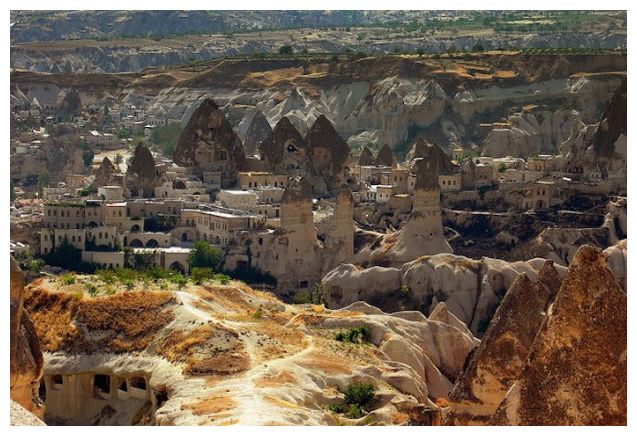Thank you for all the references and help sharing the books. Today I've stumbled upon this article that supposedly describes the trip of Gurdjieff to Lascaux Cave:
From:
What is the connection between Gurdjieff's Legominism of The Fourth Way and the the caves of Lascaux and Atlantis?
gurdjiefflegacy.org
Quite an interesting statement by Gurdjieff. He might be onto something.
The upper Paleolithic Age (c. 35-12 kA BP) is the age of chipped stone, carved pieces on bone, ivory and antler, Venus figurine and, of course, cave paintings.
The Paleolithic age precedes the Younger Dryas (c. 13-12 kA BP) and the 10 kA BP date given by Solon for the fall of Atlantis.
So, the paleolithic artifacts should be contemporary with Atlantis although Atlantis was probably at this point a highly developed civilization about 70 kA old at the onset of the Younger Dryas and having experienced its latest (partial) destruction tens of thousands of years before the YD (cf. transcripts).
What I'm trying to do here, is to reconcile the idea of a highly advanced civilization (with bases on the Moon and Mars, etc. according to the transcripts) with the upper Paleolithic toolkit that doesn't seem to be the creation of a highly advanced civilization.
Now there are several ways to reconcile an advanced civilization with contemporary 'primitive' toolkit:
- Today, tribes (New Guinea for example) are living a kind of stone age life while most of the world is covered by the 'advanced' Western civilization. Were the paleolithic guys, the New Guinea tribesmen of the times?
- If this is the case, why only the paleolithic artifacts survived and the artifacts of the 'advanced' Atlanteans are so elusive (apart some pyramids and other 'odd' monuments)?
- Maybe the paleolithic toolkit is not made of tools but of cultic objects. From this perspective, the paleolithic artifacts, which seem primitive from a functional standpoint, might be evolved from a symbolic standpoint.
- Now, we're 12kA away from the Younger Dryas that was marked by massive cometary bombardments and a destructive Martian encounter. Maybe, most of the Atlantean artifacts could not resist the assault of time and the above mentioned catastrophes, hence their rarity. Surely, most metals, wood, paper, polymers would not survive such challenges.
Of course, if Gurdjieff statement is right, the problem is solved. The paleolithic toolkit is primitive because it dates to the post Younger Dryas time, after the fall of Atlantis, and it was made by Atlantean survivors that had lost most of their know-how, machinery and resources.
But, if Gurdjief is right, how can we explain the hundreds of dating that ascribe the numerous paleolithic artifacts to the pre-Younger Dryas times?


